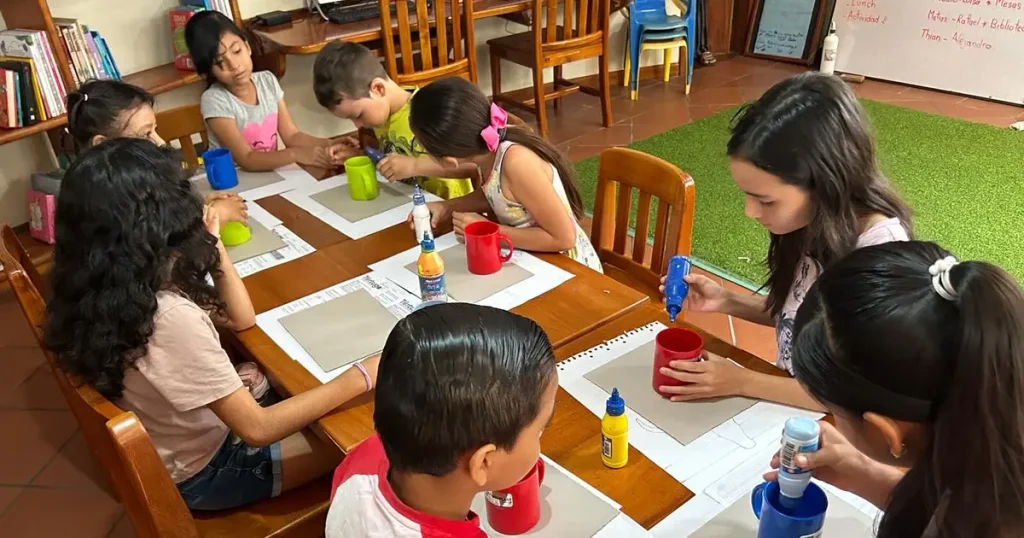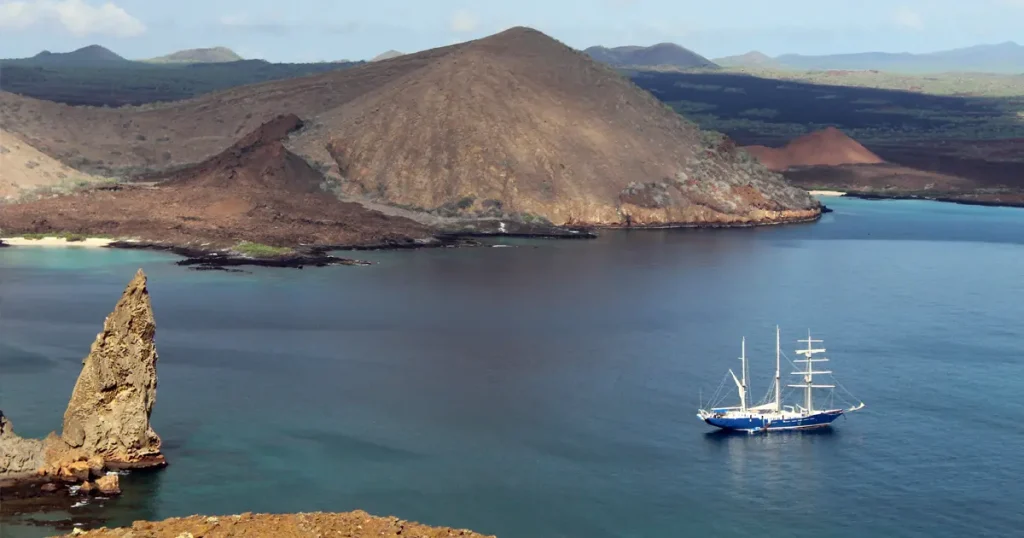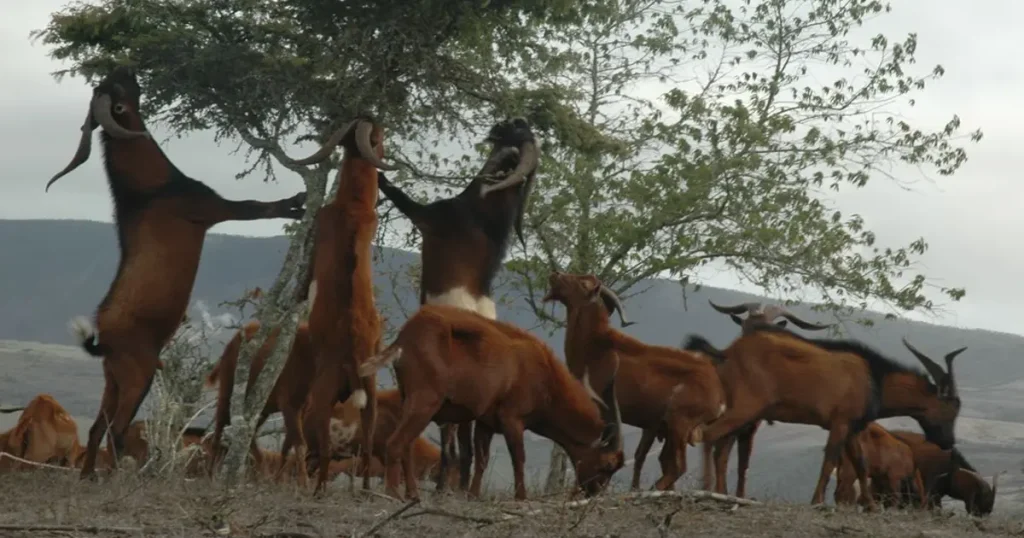Lonesome George
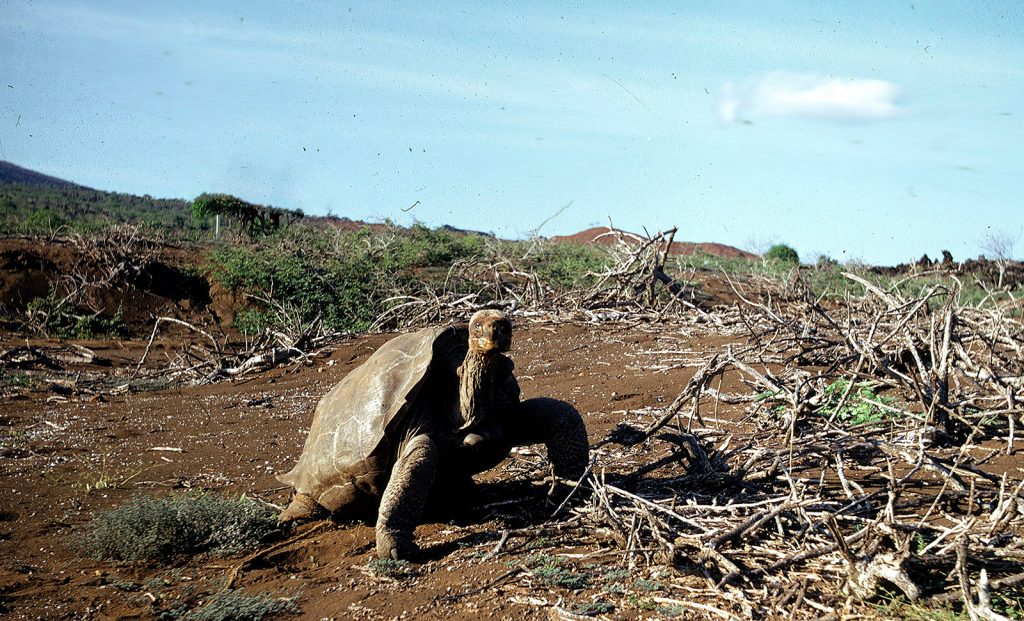
On June 24th, 2012, Lonesome George — the sole remaining Pinta Island tortoise and Galapagos conservation icon — was found dead in his corral at the Tortoise Breeding and Rearing Center in Puerto Ayora, Santa Cruz Island, by members of the Galapagos National Park Service. His loss will be felt across the world, as it marks the extinction of the Pinta species of tortoise.
Lonesome George, a giant tortoise from the island of Pinta in the northern regions of the Galapagos Archipelago, was the last known survivor of the Pinta tortoise (Chelonoidis abingdoni). He was considered one of the rarest creature in the world and became a conservation icon. As throughout the rest of the islands, Pinta tortoises were over-exploited by whalers, fur sealers, and others in the 1800s. The first potential landfall heading into the islands and the last possible landfall heading home again, Pinta was probably a much used source of tortoises, thus reducing the population to near zero.
The Pinta tortoise was thought to be extinct in the early part of the 20th century. Except for the absence of giant tortoises, the island was in near pristine condition until 1959, when fishermen released three goats there. Given the distance to Pinta from port, these fishermen simply wanted fresh meat on their long fishing voyages. The tiny goat population, however, exploded, and by 1970 it was estimated to be around 40,000. The goats had devastated the vegetation and had essentially eliminated any good tortoise habitat left.
Then in 1971, József Vágvölgyi, a Hungarian scientist studying snails on Pinta saw a tortoise on the island – Lonesome George. Vágvölgyi recounted his observation back in port, and in the spring of 1972, Galapagos National Park rangers brought the tortoise to the Tortoise Center on Santa Cruz for its protection. The hope was that a female Pinta tortoise would eventually be found – in one of the zoos around the world or perhaps even on Pinta – and Lonesome George would have a breeding partner. Despite extensive searches and genetic analyses of any potential Pinta tortoise found in zoos, none has been located to this day.
Within a short time, the discovery of a Pinta tortoise was big news. The American media began to refer to the tortoise as Lonesome George – after George Gobel, a TV comedian, who had become known himself as Lonesome George. The name stuck.
Lonesome George was in relatively good health and his age was estimated at over 100 years old at the time of his passing. Unlike the other tortoises in the center however, George became severely overweight. At the end of the 1980s it became apparent that George had to go on a diet. Since that time, veterinarians and nutritionists examined him periodically and personnel of the center continued to implement their recommendations.
In 1992, a new corral with nesting sites was built for George where he could be observed by visitors. At the same time, two females (C. becki) from Wolf Volcano on northern Isabela were brought to the Tortoise Center to accompany him. Based on morphology, the Wolf Volcano population seemed to be the most similar to Pinta tortoises. More recent genetic analyses have shown that this was incorrect. Pinta tortoises are actually most closely related to the Española tortoise (C. hoodensis). George shared his corral with two first generation Española tortoises, both produced in the Española breeding program, but Lonesome George produced no offspring.
In the late 1990s, Pinta became a training ground for Project Isabela. The last goat was finally eliminated and Pinta was declared “goat free” in 2003. Project Pinta, aimed at the restoration of the island in part through the return of giant tortoises is ongoing today.
In the last two decades, a team of scientists from a number of institutions led by researchers in the Ecology and Evolutionary Biology Department at Yale University have been studying the genetics of Galapagos giant tortoises. Among their many exciting findings was the occurrence of an occasional hybrid tortoise on Wolf Volcano with half or less Pinta ancestry. While no pure Pinta tortoises have been found, these hybrid Pinta tortoises may help in the plan to restore tortoises to Pinta.
“Whatever happens to this single animal, let him always remind us that the fate of all living things on Earth is in human hands.”
— These words are inscribed on the information panel outside the enclosure of Lonesome George at CDRS/GNP.
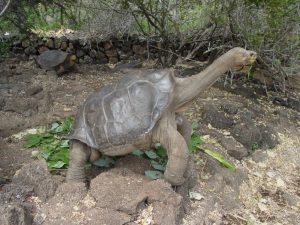
Early on Sunday morning, June 24, 2012, Lonesome George, the sole remaining Pinta Island tortoise and Galapagos conservation icon, was found dead in his corral at the Tortoise Breeding and Rearing Center in Puerto Ayora, Santa Cruz Island. Fausto Llerena, a Galapagos National Park ranger who was on the expedition that discovered George and who was his long-term caretaker, found George stretched out in the direction of his watering hole with no signs of life.
Possible causes of death of George will not be known until after a necropsy. The body of Lonesome George, whose age is unknown but estimated at more than 100 years old, is currently being held in a cold chamber to avoid decomposition prior to a necropsy.
According to Johannah Barry, Galapagos Conservancy’s President, “George symbolized the precarious state of biodiversity around the world. He was a catalyst for extraordinary efforts of the Ecuadorian government and an international network of scientists and conservationists who have undertaken efforts restore tortoise populations and to improve the status of other endangered and threatened species in the archipelago. He also became a symbol of the tremendous advances that can be made when science, conservation expertise and political will are aligned on a common cause.”
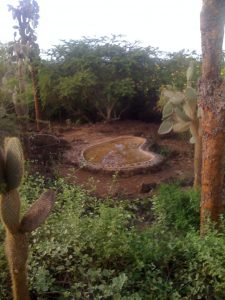
By coincidence, both Johannah Barry and Linda Cayot, GC’s Science Advisor, were in Galapagos at the time of George’s death to participate in an international workshop, partially funded by Galapagos Conservancy and convened by the Galapagos National Park Service, to develop management strategies for the restoration of tortoise populations across Galapagos during the next ten years.
“This event will bring together top experts from around the world to make sure that we capitalize on recent advances in genetics analysis and ecosystem restoration,” explained Edwin Naula. “We will conduct this workshop in honor of Lonesome George.”
Lonesome George’s legacy will be an increased awareness of the importance of biodiversity protection and heightened efforts in both research and management to restore his island of Pinta and all of the other giant tortoise populations of Galapagos.
Lonesome George In The News:
15 September 2015: Lonesome George to be Unveiled at the American Museum of Natural History
12 March 2013: Lonesome George Arrives in New York
15 November 2012: Lonesome George’s Genetic Legacy Survives
25 June 2012: Lonesome George will be Preserved in a New Tortoise Interpretation Center
24 June 2012: The World Loses Lonesome George
21 Jan 2012: Galapagos National Park Service gives Lonesome George new female companions
